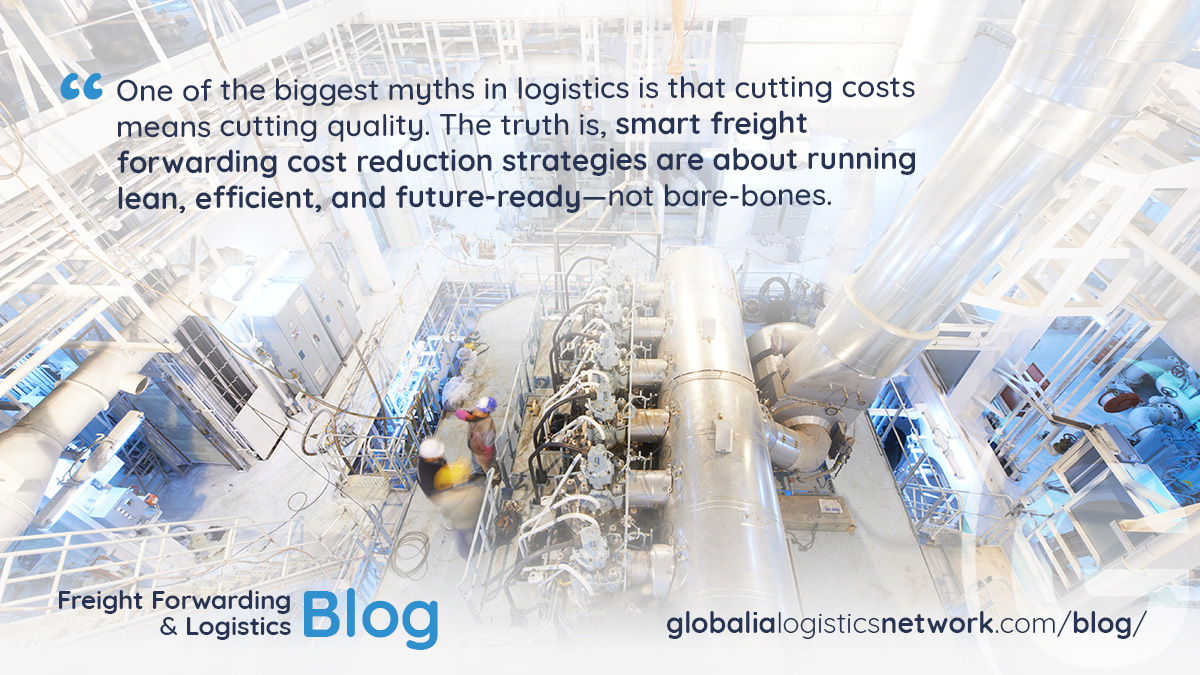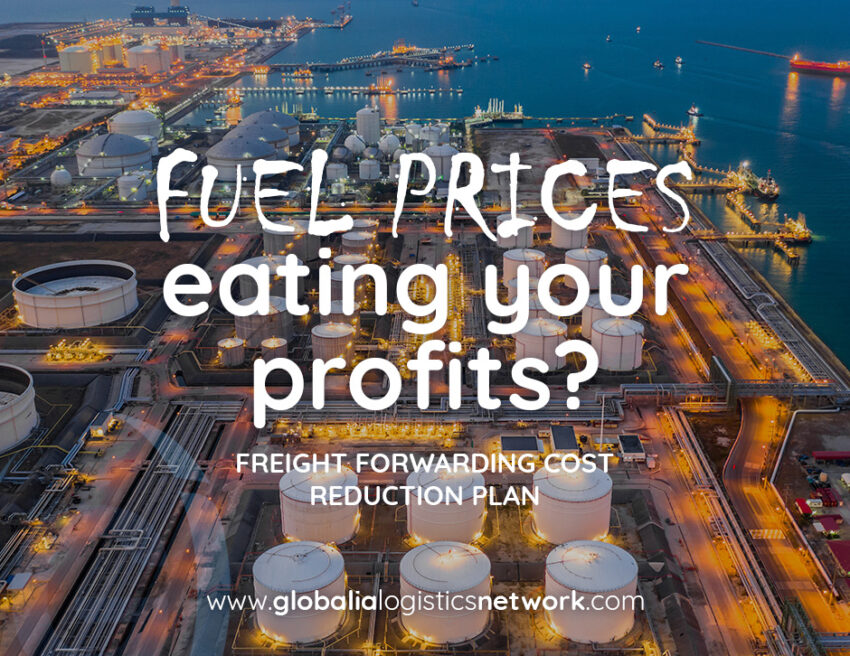If you feel like every trip to the pump is a personal attack on your profit margins, you’re not alone. Freight forwarders everywhere are wrestling with the fallout from rising fuel costs, and it’s not just about tightening belts it’s about survival. The problem is, fuel costs are like that friend who “just needs to crash for a few days” and then stays for months… they creep in, take over your budget, and leave you wondering how to make rent.
The good news? Freight forwarding cost reduction isn’t just possible but a must-do. And the best strategies don’t come from wishful thinking; they come from smart, calculated moves that keep your services competitive without cutting corners that matter. Let’s walk through how you can fight back against those fuel price hikes and come out ahead.

Know your fuel cost DNA
Before you can fix anything, you have to know where the money’s going. And I don’t mean just glancing at your fuel bills. Break down the numbers by shipment type, routes, modes, and carriers. Rising freight forwarding fuel costs might hit harder in certain lanes than others, and you can’t create a game plan without knowing which ones are bleeding you dry.
Pro tip: Use your TMS (transport management system) to track fuel surcharges, historical prices, and carrier efficiency. The patterns will tell you where to cut, consolidate, or renegotiate.
Rethink your routing game
Routing decisions are often made based on speed or simplicity, but in a high-cost fuel climate, it’s worth running the math again. That “faster” route might have tolls, congested stretches, or higher carrier fuel surcharges that make it more expensive overall.
Shippers are now open to slightly longer transit times if it means cost savings, so get creative. Reroute through less congested ports, consolidate loads, or explore intermodal options. This is where fuel cost management strategies really shine, you’re not sacrificing service; you’re making smart trade-offs.
Negotiate smarter with carriers
Carriers know that fuel is eating into their margins too, but they also know forwarders can shop around. Use your shipment history, volume, and loyalty as leverage. Negotiate lower fuel surcharges in exchange for guaranteed volume or longer-term contracts.
Here’s the thing: many forwarders forget that fuel surcharges aren’t written in stone. If you can prove efficiency in your operations, some carriers will offer relief just to keep you. And that, my friend, is freight forwarding cost reduction in action.
Go lean with load consolidation
If you’re running half-empty trucks or containers, you’re burning money with every mile. Partner with other forwarders, coordinate with shippers, and use tech platforms to find backhauls. Every bit of space you fill makes a direct impact on freight forwarding fuel costs per shipment. It’s not glamorous, but load consolidation is one of the oldest and still most effective ways to slash costs without touching service quality.
Invest in fuel-efficient moves
Sometimes the solution isn’t about squeezing more out of what you have, it’s about upgrading to better tools. For trucking partners, that might mean modern fleets with better MPG. For your own operations, it might be investing in route optimization software or better load planning tools. Think of it like this: every dollar spent here is a dollar you’re not handing over to fuel companies later. And when fuel prices spike again (and they will), you’ll already be ahead of the curve.
Get shippers on board
Fuel surcharge in freight forwarding doesn’t have to be a one-way burden. If your clients understand what’s driving costs, many will be open to adjustments in service levels, shipment schedules, or even pricing structures that help share the load. Don’t underestimate the power of transparency. Being upfront builds trust, and trust gives you room to adapt without losing business.
The long game: Diversify your energy sources
Sure, it’s not a next-week solution, but sustainable energy isn’t just a PR move but a long-term hedge against volatility in oil markets. Look into carriers and partners experimenting with sustainable fuels like LNG, or biofuels. Even small steps, like partnering with rail over road when possible, can protect you from the worst swings in fuel prices while boosting your green credentials.
Mindset shift: Cost reduction ≠ corner-cutting
One of the biggest myths in logistics is that cutting costs means cutting quality. The truth is, smart freight forwarding cost reduction strategies are about running lean, efficient, and future-ready—not bare-bones. The forwarders who embrace that mindset now will be the ones thriving when the next big fuel spike hits.
Bottom line
Rising fuel prices might feel like an unstoppable tide, but they’re not. With a clear plan, the right partnerships, and a willingness to rethink your processes, you can turn today’s cost crisis into tomorrow’s competitive edge. Fuel costs are going to keep testing the industry. The question is: will you be ready to play the long game, or will you let them keep eating your margins? If you’re choosing the first option, your freight forwarding cost reduction strategy starts today.


